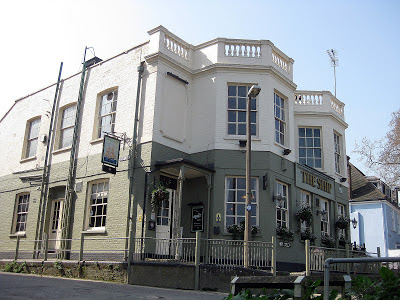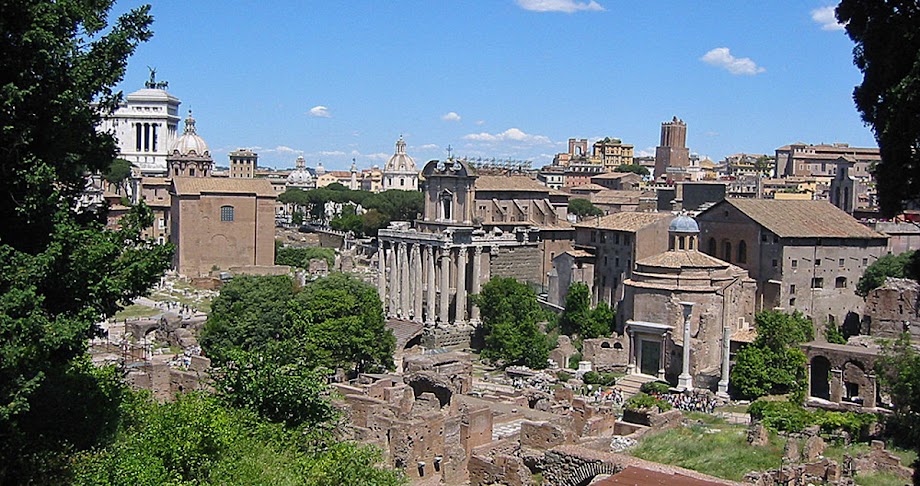It's a charming little place, Kew, and I would imagine far too expensive for the likes of me. Indeed, what place in London is not far too expensive for the likes of me?
 |
| Finally! The Thames at Kew! |
 |
| Kew Pier, close to the start of my walk |
A little history? Why not? The village of Kew grew because it was sited on a good place to cross the Thames. The ancient Romans took advantage of this, and while there is no evidence of settlement until the fourteenth century, the Brentford Ford is an important part of what created the village. The village's rise was also tied to nearby Richmond, In the medieval era the Old Deer Park was established between the two communities, and in the 1500s Henry VII had a royal palace built in Richmond. The palace drew nobility to the area, as well as commoners to serve palace and nobles.
 |
| Not much of Kew Gardens can be seen from the path, but Kew Palace can! |
 |
| Walking alongside Kew Gardens |
 |
| Isleworth |
Only a short distance past Isleworth I came across the Richmond Lock,
 |
| Richmond Lock and Barrage |
After the lock it is only a short walk to Richmond proper. I was very glad to get there, as the walk had been a long one, as it included my lost wanderings through Kew. But a very pleasant walk it was!
 |
| The riverfront at Richmond |
 |
| The walk from Kew to Barnes Bridge - the bridge in the distance |
 |
| The Ship, a pub on the Thames in Barnes |
But I was not finished yet! Next time, the Thames Barrier!

No comments:
Post a Comment